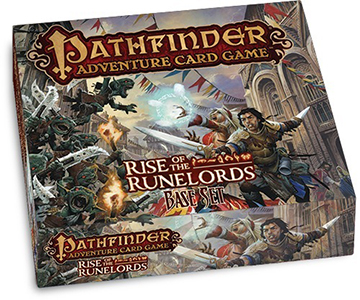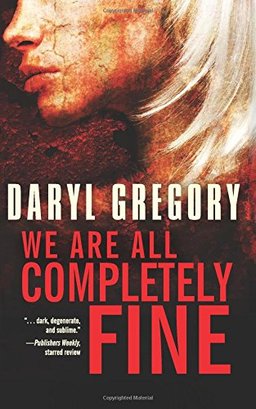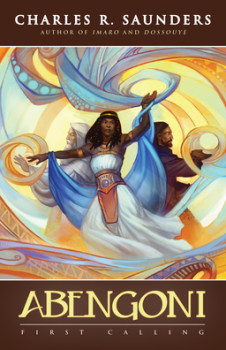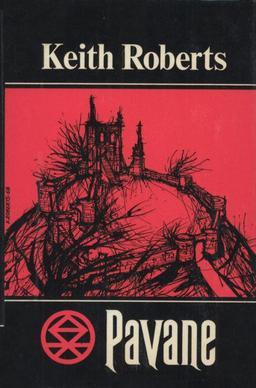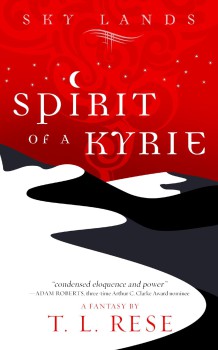Future Treasures: Archivist Wasp by Nicole Kornher-Stace
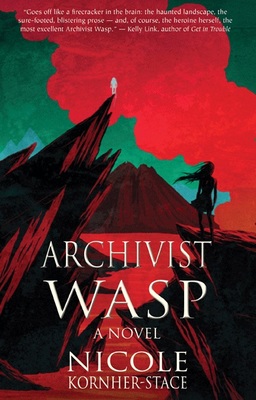 One of the great things about the World Fantasy Convention — or any decent convention, really — is the opportunity to attend readings. Just think about that for a second. You get to sit back in a comfortable chair in an intimate setting, while some of the finest fantasy writers in the field personally read their stories to you. Why would you waste your time doing anything else? (Except trolling the Dealer’s Room, of course.)
One of the great things about the World Fantasy Convention — or any decent convention, really — is the opportunity to attend readings. Just think about that for a second. You get to sit back in a comfortable chair in an intimate setting, while some of the finest fantasy writers in the field personally read their stories to you. Why would you waste your time doing anything else? (Except trolling the Dealer’s Room, of course.)
This year was especially rewarding, as I got to attend readings by Frederic S. Durbin, the delightful Liz Argall, Helen Marshall, Nathan Ballingrud, Christopher Barzak, Peter V. Brett, Guy Gavriel Kay, Tiffany Trent, Sharon Shinn, Bradley Beaulieu, Jeffrey Ford, Mike Allen, Elwin Cotman, Kathryn Sullivan, Andy Duncan, Kelly Link, and many others. But the reading that surprised and delighted me the most was by a new writer named Nicole Kornher-Stace, who read from her upcoming novel to be published by Small Beer this spring. A fast-paced and beautifully written story of ghosts, a mysterious post-apocalyptic world, and a young woman of extraordinary bravery, I predict Archivist Wasp will make a major splash when it arrives next May.
Wasp’s job is simple. Hunt ghosts. And every year she has to fight to remain Archivist. Desperate and alone, she strikes a bargain with the ghost of a supersoldier. She will go with him on his underworld hunt for the long-lost ghost of his partner and in exchange she will find out more about his pre-apocalyptic world than any Archivist before her. And there is much to know. After all, Archivists are marked from birth to do the holy work of a goddess. They’re chosen. They’re special. Or so they’ve been told for four hundred years.
Archivist Wasp fears she is not the chosen one, that she won’t survive the trip to the underworld, that the brutal life she has escaped might be better than where she is going. There is only one way to find out.
Archivist Wasp will be published by Small Beer Press on May 12, 2015. It is 256 pages, priced at $14 in trade paperback and $9.95 for the digital edition.



